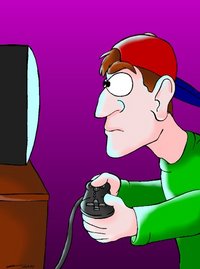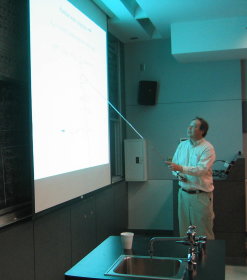Will People Please Stop Saying God Particle?
While looking for something else I’ll blog about in a short while, I stumbled upon one of the most annoying of the articles on the Large Hadron Collider (LHC) at CERN (or any other particle physics experiment) that I’ve read in a long time. This is because of this utterly ridiculous business of calling the Higgs particle the “God particleâ€. Who started this? It really is so misleading and annoying. The title of the Guardian article is “In the beginning: scientists get ready to hunt for God particleâ€, and it is by Ian Sample. Some random bits:
It should certainly discover what some call the “God particleâ€, finally answering the embarrassingly simple but elusive question of why things have mass.
and…
Finding the Higgs boson will confirm scientists’ most complete theory of the universe and the matter from which it is created. “It’s probably the closest to God that we’ll get,†said Jos Engelen, Cern’s chief scientist.
Aaaaargh!!!
Some?! Who are these people who call it the “God particleâ€?! If you know anybody in the field who calls it the “God particle†(or even out of the field, for that matter) please […] Click to continue reading this post

 ), North Wester Africa, North Eastern USA and Eastern Canada, […]
), North Wester Africa, North Eastern USA and Eastern Canada, […]  USC has launched a Bachelor’s degree in video games. I know what you’re thinking. Stop it! No, civilisation is not doomed. (Image on right grabbed from Chip Chick). In fact, this could be rather wonderful, as it will create the opportunity to develop the potential of this medium in so many wonderful ways. It will not be about kids sitting there blowing up stuff and shooting up people. Why do I say this?
USC has launched a Bachelor’s degree in video games. I know what you’re thinking. Stop it! No, civilisation is not doomed. (Image on right grabbed from Chip Chick). In fact, this could be rather wonderful, as it will create the opportunity to develop the potential of this medium in so many wonderful ways. It will not be about kids sitting there blowing up stuff and shooting up people. Why do I say this?















